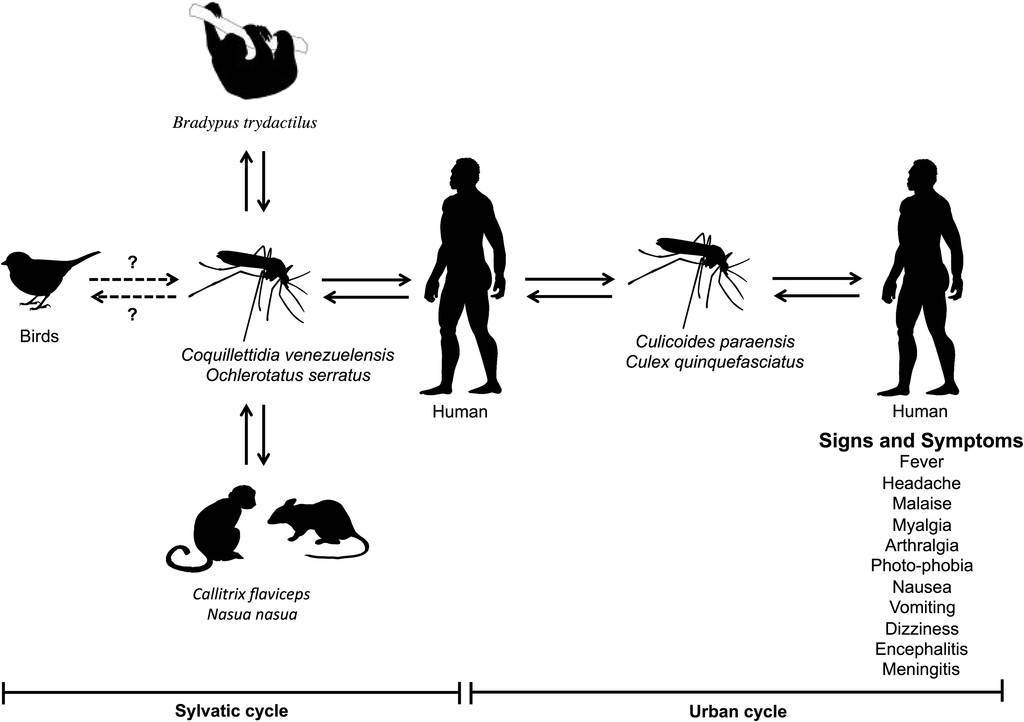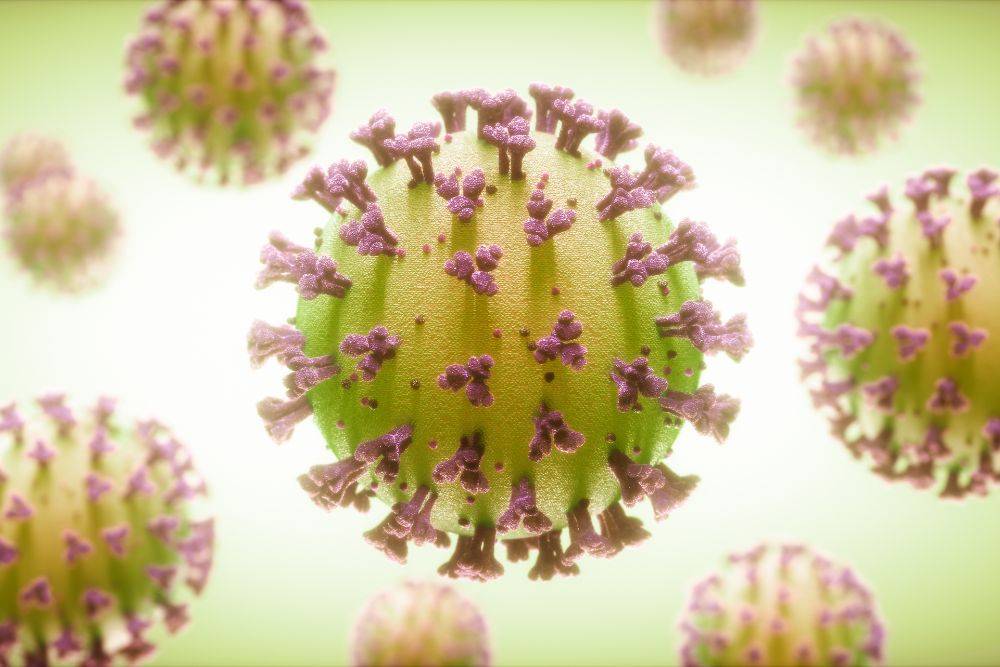The Oropouche virus (OROV) has recently become a significant concern following the first reported deaths in Brazil.
As this arbovirus gains attention, understanding the transmission, symptoms, and implications of Oropouche Virus is crucial for public health.
What is the Oropouche Virus?
The Oropouche virus is primarily transmitted to humans through the bites of infected midges, specifically from the species Culicoides paraensis. It can also be spread by mosquitoes, including Culex quinquefasciatus. The virus causes Oropouche fever, an illness characterised by symptoms such as fever, headache, joint pain, and rash. While these symptoms are generally non-lethal, some cases can progress to more severe conditions, including neurological issues like meningitis and encephalitis.
It was first detected in Trinidad and Tobago in 1955. Subsequently, it has been reported in parts of South America, Central America, and the Caribbean, with 7,700 cases detected so far this year. A Lancet review described it as a prototypical neglected disease. It is generally understudied compared to viruses in its family, like dengue and chikungunya.

First Deaths Reported in Brazil
The virus has been known in various parts of Latin America but has now led to its first confirmed fatalities in Brazil. Two women under 30 years old from the Brazilian state of Bahia were the first fatalities. This development has raised concerns among health officials and the public alike. 7,236 of the 7,700 cases were recorded in Brazil alone, thus there is a need for increased surveillance and preparedness. The emergence of these severe cases marks a significant shift in the virus’s impact, prompting a heightened alert.
Preventive Measures and Public Response
Brazilian health authorities are actively working to control the spread of the virus and are urging the public to take preventive measures. Given the primary mode of transmission through insect bites, recommendations include using insect repellent, wearing protective clothing, and installing screens on windows and doors. Additionally, people are advised to eliminate standing water around their homes. Traditionally, they serve as breeding grounds for midges and mosquitoes responsible for spreading the virus. To date, there is no evidence for human-to-human OROV transmission. Authorities in Brazil are currently looking into recent reports that pregnant women could transmit the virus to their unborn children.
Ongoing Research and Health Implications
The Oropouche virus’s recent fatalities underscore the need for further research into its behaviour and impact. Scientists are investigating the virus’s transmission patterns, potential animal reservoirs, and geographical spread. The outbreak in Brazil indicates that the virus may have a broader distribution and potential for severity than previously recognised.
Authorities are also emphasising the importance of distinguishing Oropouche from other similar illnesses like dengue and chikungunya, as misdiagnosis can complicate treatment and control efforts. The public health response includes enhancing diagnostic capabilities and ensuring that healthcare providers are aware of the virus’s symptoms and potential complications.
Future Outlook
The situation in Brazil highlights the ongoing challenge of managing emerging infectious diseases. The Oropouche virus, while not new to the region, has shown a capacity to cause severe illness and even death, warranting increased vigilance. Public health officials are continuing to monitor the outbreak and are prepared to implement further measures if necessary.
As the world becomes increasingly interconnected, the spread of arboviruses like Oropouche poses a significant public health challenge. The recent deaths in Brazil serve as a critical reminder of the importance of preventive measures and early detection. The global health community must remain alert and proactive in addressing these emerging threats to safeguard public health.
Have a pressing question for a doctor? Medical Channel Asia has launched a community forum page where you can get questions answered by a medical specialist. Visit the community forum here.

